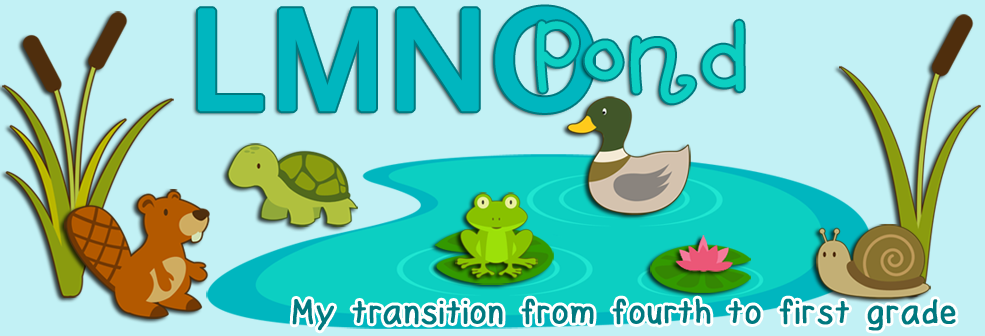That's how I feel with the Daily 5.
I know I'm late to the party on this one. I tried
to start it last year. I claimed I was doing it all year. I hung up the free posters the previous teacher
printed off and named my 5 literacy activities using the proper lingo. My teaching partner briefly explained to me the
way write each child's choice on a clipboard each day, but frankly I was like a
fish out of water teaching first grade last year. Releasing responsibility like this was just
too scary.
But I think I get it now.
I finally read The Two Sisters' book cover to cover. And I realized that although I used the
lingo, I was not doing Daily 5 last year.
I was doing centers. And there is
nothing wrong with centers! It served me
well during a "learning year."
But there were pieces of the management puzzle that just were not
working for me. I had heterogeneous
groups going to each station while trying to pull homogenous groups. Kids were missing stations that they were
really looking forward to, and I was having a hard time working around this in
order to keep their moral and motivation higher. Now that I understand how the Daily 5 system
is supposed to work, I see how students will never get "skipped over"
when it comes to their favorite activity; they can choose it the very next time
after I confer with them.
I've been rolling out the components pretty much to the
letter (the book says what every good teacher knows; adjustments need to be
made for each class's needs each year, so of course I have). Each of the 5 is rolled out in an order that
makes sense, with mini-lessons on the many sub-skills. The lessons are designed in a smart way to
help the kids learn the behaviors that are expected. For example, the lesson on choosing
"good fit books" that draws several specific comparisons to
"good fit shoes" was not only relevant, it was so fun watching my
firsties trying on each other's shoes!
They couldn't believe I was letting them do that during a reading lesson!
Having a mini lesson between each rotation has also helped
us take responsibility for good reading behaviors and build our stamina. I can refer to the anchor charts we make
together (as opposed to the premade posters from last year) and re-teach a
behavior if I had to cut a practice time short due to off task behaviors. Then I immediately send them back to the same
spot to try again. Or, when students are
on task, we come together to celebrate, then learn a new routine/behavior. And of course, I still save one mini-lesson
slot each day for my basal program.
I feel like I'm really walking the walk now, and so far it
feels right! I am so excited to see how
my class evolves during Reader's Workshop.
Everyone told me that that's the beauty of teaching first grade; you see
a huge amount of growth in students' reading and writing. And although I did last year, I am dreaming
of even more this year as they make choices.
I didn't realize until the end of the year how more committed and
invested first graders are in learning how to read and write. I am starting to see why letting them choose
their order of activities when I'm not conferring will be motivating and lead
to better focus in each activity.
My Pinterest


